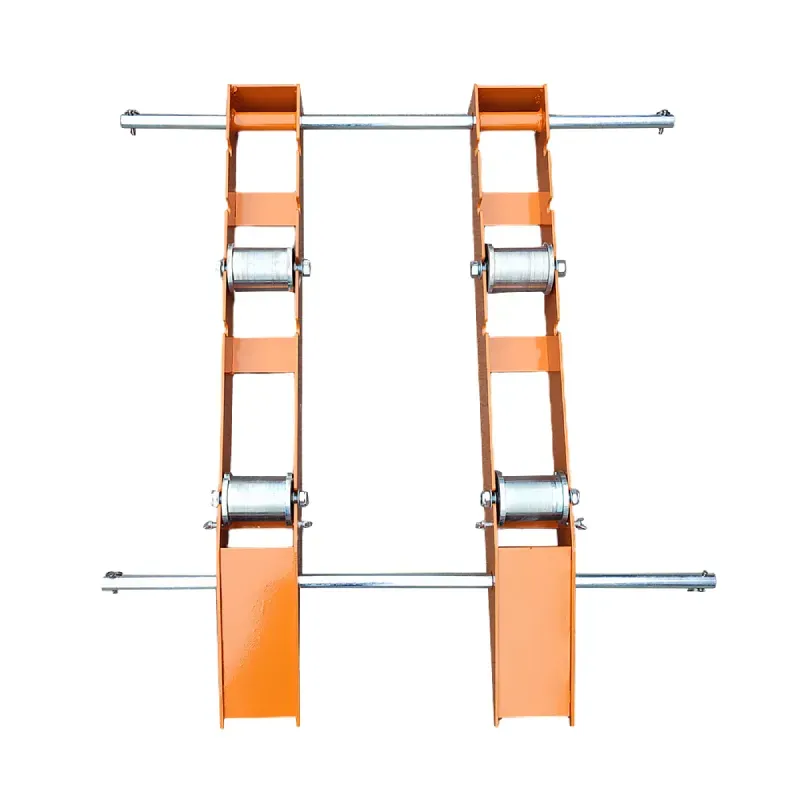
-
 Afrikaans
Afrikaans -
 Albanian
Albanian -
 Amharic
Amharic -
 Arabic
Arabic -
 Armenian
Armenian -
 Azerbaijani
Azerbaijani -
 Basque
Basque -
 Belarusian
Belarusian -
 Bengali
Bengali -
 Bosnian
Bosnian -
 Bulgarian
Bulgarian -
 Catalan
Catalan -
 Cebuano
Cebuano -
 Corsican
Corsican -
 Croatian
Croatian -
 Czech
Czech -
 Danish
Danish -
 Dutch
Dutch -
 English
English -
 Esperanto
Esperanto -
 Estonian
Estonian -
 Finnish
Finnish -
 French
French -
 Frisian
Frisian -
 Galician
Galician -
 Georgian
Georgian -
 German
German -
 Greek
Greek -
 Gujarati
Gujarati -
 Haitian Creole
Haitian Creole -
 hausa
hausa -
 hawaiian
hawaiian -
 Hebrew
Hebrew -
 Hindi
Hindi -
 Miao
Miao -
 Hungarian
Hungarian -
 Icelandic
Icelandic -
 igbo
igbo -
 Indonesian
Indonesian -
 irish
irish -
 Italian
Italian -
 Japanese
Japanese -
 Javanese
Javanese -
 Kannada
Kannada -
 kazakh
kazakh -
 Khmer
Khmer -
 Rwandese
Rwandese -
 Korean
Korean -
 Kurdish
Kurdish -
 Kyrgyz
Kyrgyz -
 Lao
Lao -
 Latin
Latin -
 Latvian
Latvian -
 Lithuanian
Lithuanian -
 Luxembourgish
Luxembourgish -
 Macedonian
Macedonian -
 Malgashi
Malgashi -
 Malay
Malay -
 Malayalam
Malayalam -
 Maltese
Maltese -
 Maori
Maori -
 Marathi
Marathi -
 Mongolian
Mongolian -
 Myanmar
Myanmar -
 Nepali
Nepali -
 Norwegian
Norwegian -
 Norwegian
Norwegian -
 Occitan
Occitan -
 Pashto
Pashto -
 Persian
Persian -
 Polish
Polish -
 Portuguese
Portuguese -
 Punjabi
Punjabi -
 Romanian
Romanian -
 Russian
Russian -
 Samoan
Samoan -
 Scottish Gaelic
Scottish Gaelic -
 Serbian
Serbian -
 Sesotho
Sesotho -
 Shona
Shona -
 Sindhi
Sindhi -
 Sinhala
Sinhala -
 Slovak
Slovak -
 Slovenian
Slovenian -
 Somali
Somali -
 Spanish
Spanish -
 Sundanese
Sundanese -
 Swahili
Swahili -
 Swedish
Swedish -
 Tagalog
Tagalog -
 Tajik
Tajik -
 Tamil
Tamil -
 Tatar
Tatar -
 Telugu
Telugu -
 Thai
Thai -
 Turkish
Turkish -
 Turkmen
Turkmen -
 Ukrainian
Ukrainian -
 Urdu
Urdu -
 Uighur
Uighur -
 Uzbek
Uzbek -
 Vietnamese
Vietnamese -
 Welsh
Welsh -
 Bantu
Bantu -
 Yiddish
Yiddish -
 Yoruba
Yoruba -
 Zulu
Zulu


Oct . 14, 2024 08:09 Back to list
earth and neutral wire
Understanding Earth and Neutral Wires in Electrical Systems
In the world of electrical engineering, the terms earth (or ground) and neutral are crucial components that help ensure safety and functionality in electrical systems. While these terms are often used interchangeably in casual conversation, they refer to distinct concepts that play different roles in wiring systems.
Neutral Wire The Return Path
The neutral wire serves as the return path for electric current in an AC (alternating current) circuit. It carries the current back to the source, which is typically a transformer or generator. The neutral wire is usually connected to the ground at the main electrical panel, ensuring that it remains at a zero-voltage potential. This connection allows for a balanced electrical system, as the current flowing through the live wire is complemented by the current returning through the neutral wire.
In household wiring, the neutral wire is often colored white or light gray. In a proper electrical system, the voltage between the live (or phase) wire and the neutral wire is typically around 120V or 240V, depending on the geographical region. The primary function of the neutral wire is to complete the circuit and provide a safe path for returning current, preventing potential hazards such as electrical shocks.
Earth Wire Safety First
earth and neutral wire

On the other hand, the earth wire, or ground wire, is an essential safety feature designed to protect both people and electrical devices. Its primary function is to provide a safe pathway for excess electrical current caused by faults, such as short circuits or equipment failures. The earth wire is connected to the ground, which absorbs any stray electricity, helping to prevent electric shocks and ensuring that electrical devices operate safely.
The earth wire is usually colored green and yellow in most wiring systems. By providing a physical connection to the ground, the earth wire facilitates the safe dissipation of electrical energy. If a fault occurs and there is a surge of electricity, the earth wire will direct the current away from individuals and sensitive devices, minimizing the risk of damage or injury.
The Importance of Proper Wiring
Understanding the differences between earth and neutral wires is essential for anyone working with or around electrical systems. Properly installed and maintained wiring ensures that both powers are effectively utilized, and safety is prioritized. Electrical codes and regulations require that neutral and earth wires be distinct and properly connected to prevent confusion and accidents.
In summary, while both earth and neutral wires are integral to electrical systems, they serve different purposes. The neutral wire completes the circuit by providing a return path for current, while the earth wire protects against electrical faults by grounding excess current. Awareness of these differences is crucial for maintaining safe and efficient electrical systems in homes and industries alike.
Latest news
What Are Construction Tools and How Are They Used?
NewsJul.11,2025
Professional-Grade Duct Rodding Tools for Superior Cable Installation
NewsJul.11,2025
Enhancing Safety and Efficiency with Modern Hot Stick Solutions
NewsJul.11,2025
Empowering Cable Installation with Advanced Rodder Solutions
NewsJul.11,2025
Elevate Your Cable Installation Projects with Cable Pulling Tools
NewsJul.11,2025
Efficient Cable Handling Solutions: Cable Rollers for Sale
NewsJul.11,2025











